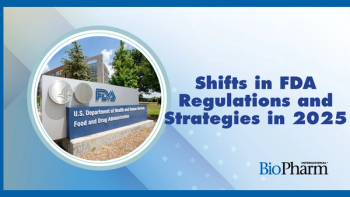
Institute of Medicine Releases Report on Studying the Safety of Approved Drugs
At the request of FDA, the IOM prepared a report containing recommendations for how FDA might better monitor the safety of drugs after they have been approved.
At the request of FDA, the Institute of Medicine (IOM) prepared a report containing recommendations for how the agency might better monitor the safety of drugs after they have been approved. The
One of the report’s key recommendations is that FDA should create a benefit and risk assessment and management plan for each drug in the form of a single, comprehensive, publicly available document. This document would serve as a central repository of information for each product from its approval throughout its entire time on the market. The report also recommended enhanced surveillance for certain categories of higher-risk drugs, such as first-in-class molecules, drugs approved through the use of several surrogate endpoints that provide conflicting evidence about likely health outcomes associated with the drug, or drugs that have a strong biological rationale for a particular side effect.
"We believe that the adoption of a life-cycle approach to drug approval and monitoring will help the agency strengthen its oversight, better tackle these complex decisions, and increase public confidence in the agency's ability to protect public health," said Steven N. Goodman, professor of medicine, health research, and policy, and associate dean for clinical and translational research at Stanford University School of Medicine, in an accompanying
FDA notes that many of the recommendations in the report are in step with ongoing agency programs and processes. In a
Newsletter
Stay at the forefront of biopharmaceutical innovation—subscribe to BioPharm International for expert insights on drug development, manufacturing, compliance, and more.





